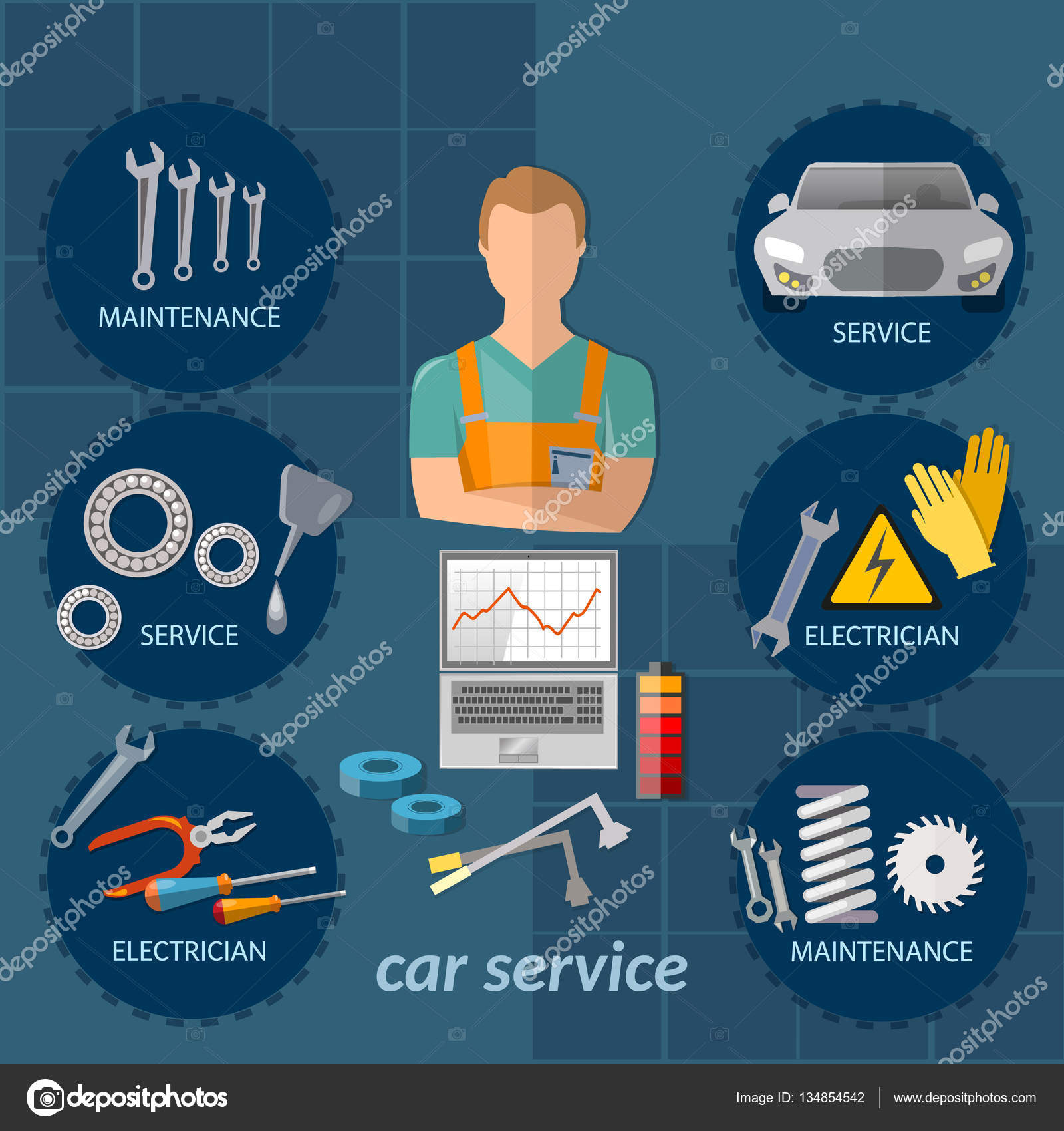Wondering About The Definition Behind Those Dashboard Caution Lights? Gain Understandings Into Their Ramifications For Your Car'S Safety And Security And Upkeep
Wondering About The Definition Behind Those Dashboard Caution Lights? Gain Understandings Into Their Ramifications For Your Car'S Safety And Security And Upkeep
Blog Article
Short Article By-Lauritsen Dalgaard
When you're behind the wheel, those glowing caution lights on your dashboard can be a little bit complicated. Do https://emiliolgcwq.blogscribble.com/30270687/check-out-the-key-elements-that-will-certainly-aid-you-make-informed-choices-regarding-your-vehicle-s-treatment-and-upkeep understand what they're attempting to inform you concerning your auto's wellness? Comprehending the importance of these lights is crucial for your security and the durability of your lorry. So, the next time among those lights appears, wouldn't you wish to analyze its message accurately and take the essential steps to resolve it?
Common Warning Lights and Interpretations
Determine typical caution lights in your auto and recognize their definitions to guarantee secure driving.
One of the most normal warning lights consist of the check engine light, which signals concerns with the engine or discharges system. If this light comes on, it's crucial to have your lorry checked immediately.
The oil pressure alerting light suggests low oil stress, needing prompt interest to stop engine damages.
A flashing battery light could recommend a faulty charging system, potentially leaving you stranded otherwise dealt with.
The tire stress surveillance system (TPMS) light informs you to reduced tire pressure, impacting car stability and fuel performance. Neglecting this could result in dangerous driving problems.
The abdominal muscle light suggests a trouble with the anti-lock braking system, jeopardizing your capacity to stop quickly in emergencies.
Last but not least, the coolant temperature level warning light warns of engine getting too hot, which can lead to severe damages otherwise settled promptly.
Recognizing these usual warning lights will assist you deal with issues promptly and keep safe driving problems.
Relevance of Prompt Attention
Comprehending the usual caution lights in your vehicle is just the primary step; the relevance of quickly addressing these warnings can not be highlighted enough to guarantee your safety when traveling.
When a warning light illuminates on your dashboard, it's your vehicle's way of connecting a potential concern that needs focus. Disregarding these cautions can cause more serious problems down the road, endangering your safety and security and possibly costing you extra out of commission.
Trigger attention to advising lights can avoid break downs and crashes. For example, a blinking check engine light can show a misfire that, if left unattended, could cause damage to the catalytic converter. Resolving this immediately can save you from a costly repair service.
Similarly, a brake system cautioning light could signify reduced brake liquid or used brake pads, critical parts for your safety and security when driving.
Do It Yourself Troubleshooting Tips
If you see a caution light on your control panel, there are a couple of DIY fixing suggestions you can attempt prior to looking for expert aid.
The very first step is to consult your car's handbook to understand what the specific warning light suggests. Sometimes the problem can be as straightforward as a loose gas cap activating the check engine light. Tightening up the gas cap might solve the trouble.
An additional usual concern is a reduced battery, which can set off numerous cautioning lights. Examining the battery links for deterioration and ensuring they're protected might take care of the issue.
If a caution light continues, you can try resetting it by detaching the cars and truck's battery for a couple of mins and afterwards reconnecting it. Furthermore, examining see this website , such as oil, coolant, and brake fluid, can assist fix alerting lights related to these systems.
Final thought
To conclude, understanding your car's warning lights is vital for maintaining your car running efficiently and securely. By without delay dealing with these informs and recognizing what they suggest, you can prevent costly repairs and possible failures.
Keep in click here for info to consult your auto's handbook for certain details on each alerting light and act as necessary to guarantee a hassle-free driving experience.
Keep notified, stay secure on the road!
